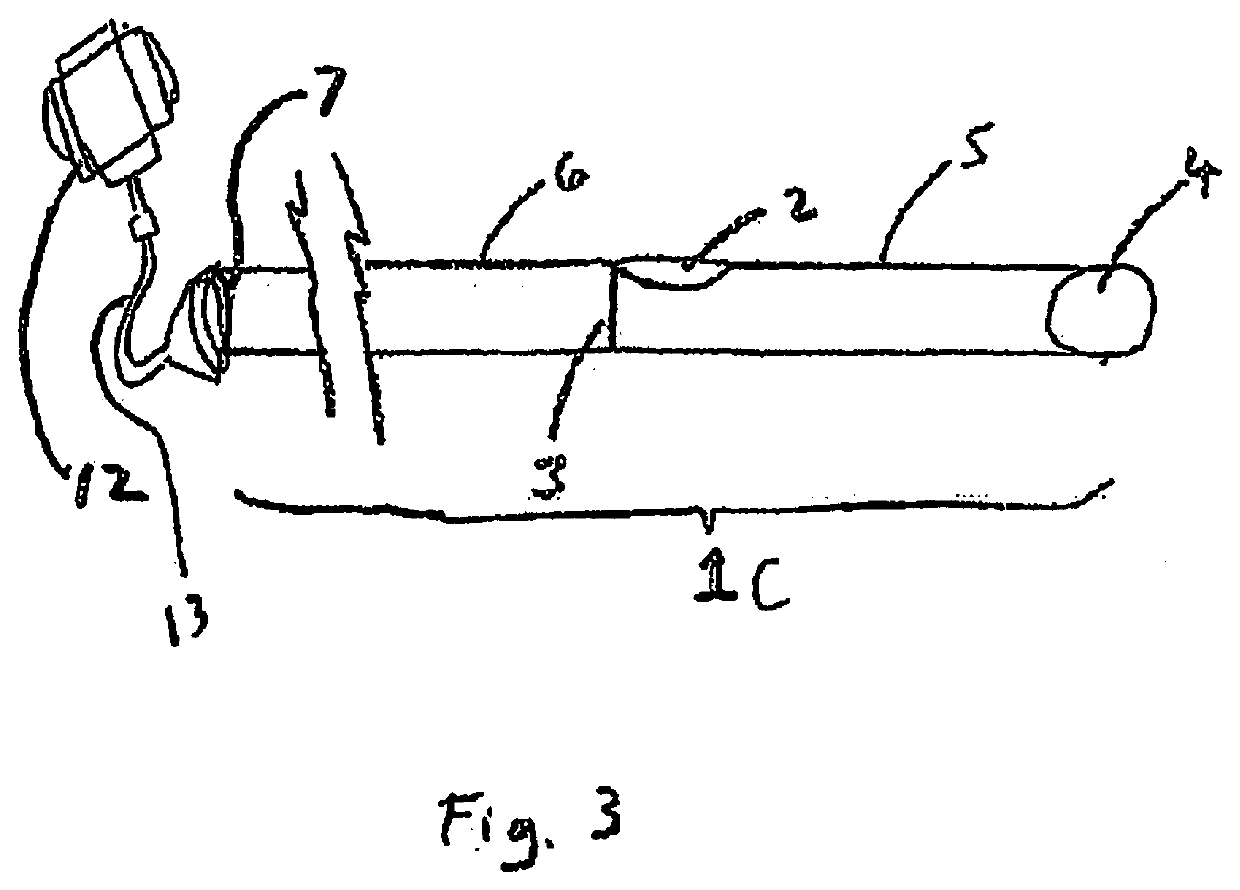Bypass catheter
a catheter and bypass technology, applied in balloon catheters, medical science, surgery, etc., can solve the problems of affecting the flow of blood to other sites near the targeted site, affecting the flow of blood to other sites, requiring multiple operations at the same targeted site, etc., and achieve the effect of reducing the diameter
- Summary
- Abstract
- Description
- Claims
- Application Information
AI Technical Summary
Benefits of technology
Problems solved by technology
Method used
Image
Examples
Embodiment Construction
[0073]The present invention provides a catheter and method for use in the blood vessel of a patient during a blood clot treatment procedure. The catheter advantageously provides for blood flow during various clot treatment / removal procedures such as mechanical thrombectomy utilizing rotational element(s) to break up the clot, devices that deliver thrombolytics to dissolve blood clots, devices that delivery vibrational energy in the form of continuous or pulsating waves, devices that deliver energy to aid and / or effect blood clot removal, etc., as well as combinations thereof. These various embodiments are described in detail below.
[0074]The devices of the present invention provide for controlling blood flow during the procedure to thereby enable immediate and, if desired, continuous, reperfusion during the procedure. They allow rapid restoration of temporary flow of blood through a blockage to avoid ischemic injury, with immediate restoration of a degree of flow beyond a clot. This ...
PUM
 Login to View More
Login to View More Abstract
Description
Claims
Application Information
 Login to View More
Login to View More - R&D
- Intellectual Property
- Life Sciences
- Materials
- Tech Scout
- Unparalleled Data Quality
- Higher Quality Content
- 60% Fewer Hallucinations
Browse by: Latest US Patents, China's latest patents, Technical Efficacy Thesaurus, Application Domain, Technology Topic, Popular Technical Reports.
© 2025 PatSnap. All rights reserved.Legal|Privacy policy|Modern Slavery Act Transparency Statement|Sitemap|About US| Contact US: help@patsnap.com



